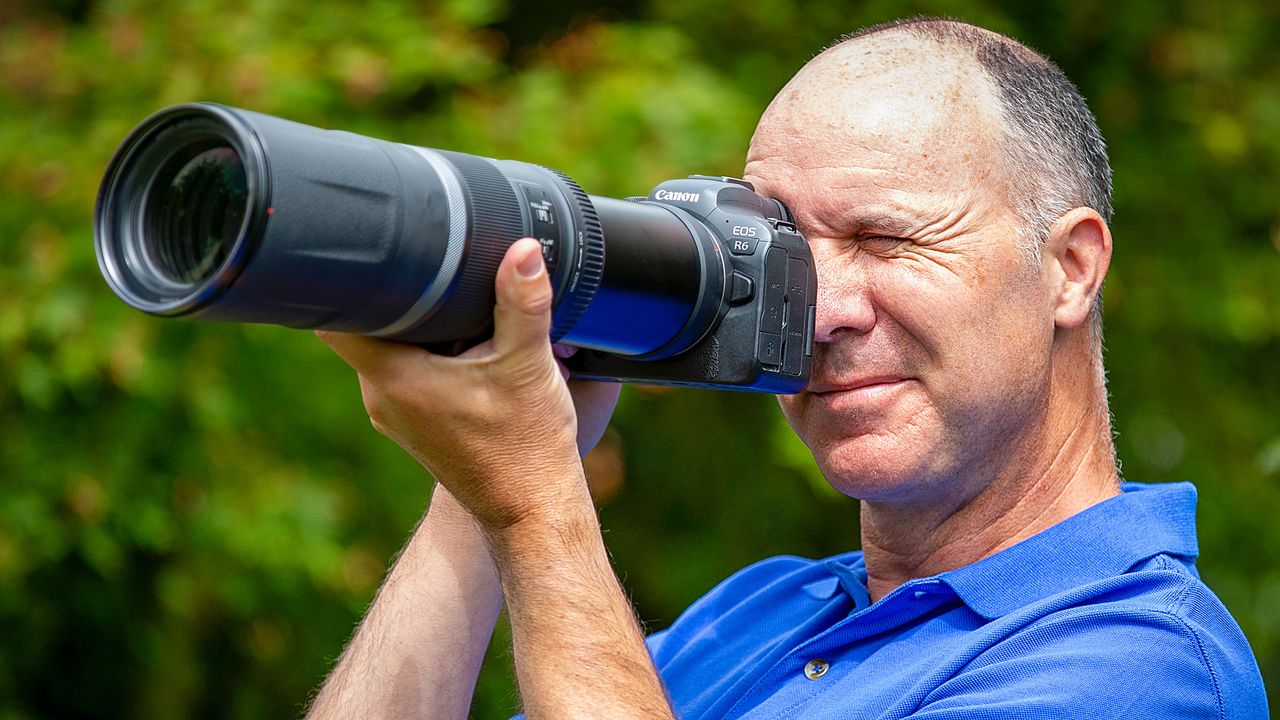
Up until a few years ago, the idea of an 800mm lens fixed at f/11 would never have been considered a possibility. This is because DSLRs simply won’t work with a lens at a minimum f/11 aperture, as it can’t let enough light onto the autofocus sensor for the AF to function properly.
In fact, only the top-end DSLRs like the Canon EOS-1D X Mark III will autofocus at f/8 – but if, for example, you’re using a Canon EF 100-400mm at f/5.6 with a 2x extender, so are shooting at f/11, the AF won’t work.
However, thanks to the more advanced AF in the latest EOS R mirrorless cameras – and their electronic viewfinders, which brighten your view of scenes you’re shooting even at narrow apertures – an f/11 fixed aperture lens will focus and work just fine!
This has enabled Canon to make the RF 600mm and 800mm f/11 IS STM super telephoto prime lenses, offering you double the reach at half the price!
It’s this narrow f/11 aperture that’s made it possible for these lenses to be smaller, lighter and cheaper. And the relatively compact RF 800mm is impressively light and easy to shoot handheld, without any worries about armache usually associated with such long lenses.
The 800mm f/11 IS STM weighs only 1,260g and is 352mm when fully extended, and only 282mm when stowed.
An 800mm prime might seem unwieldy, at double the reach most of us have experienced and without any way to zoom out, but you soon get used to what distance you need to set up in order to frame your chosen subject. Just bear in mind that the closest focusing distance is six meters!
Having an 800mm super-duper telephoto lightweight lens started as a very exciting proposition; I pictured myself taking amazing frame-filling shots of distant wildlife with ease!
However, while the RF 800mm offers some attractive advantages, there are also some distinct disadvantages when you start using the lens in different scenarios.
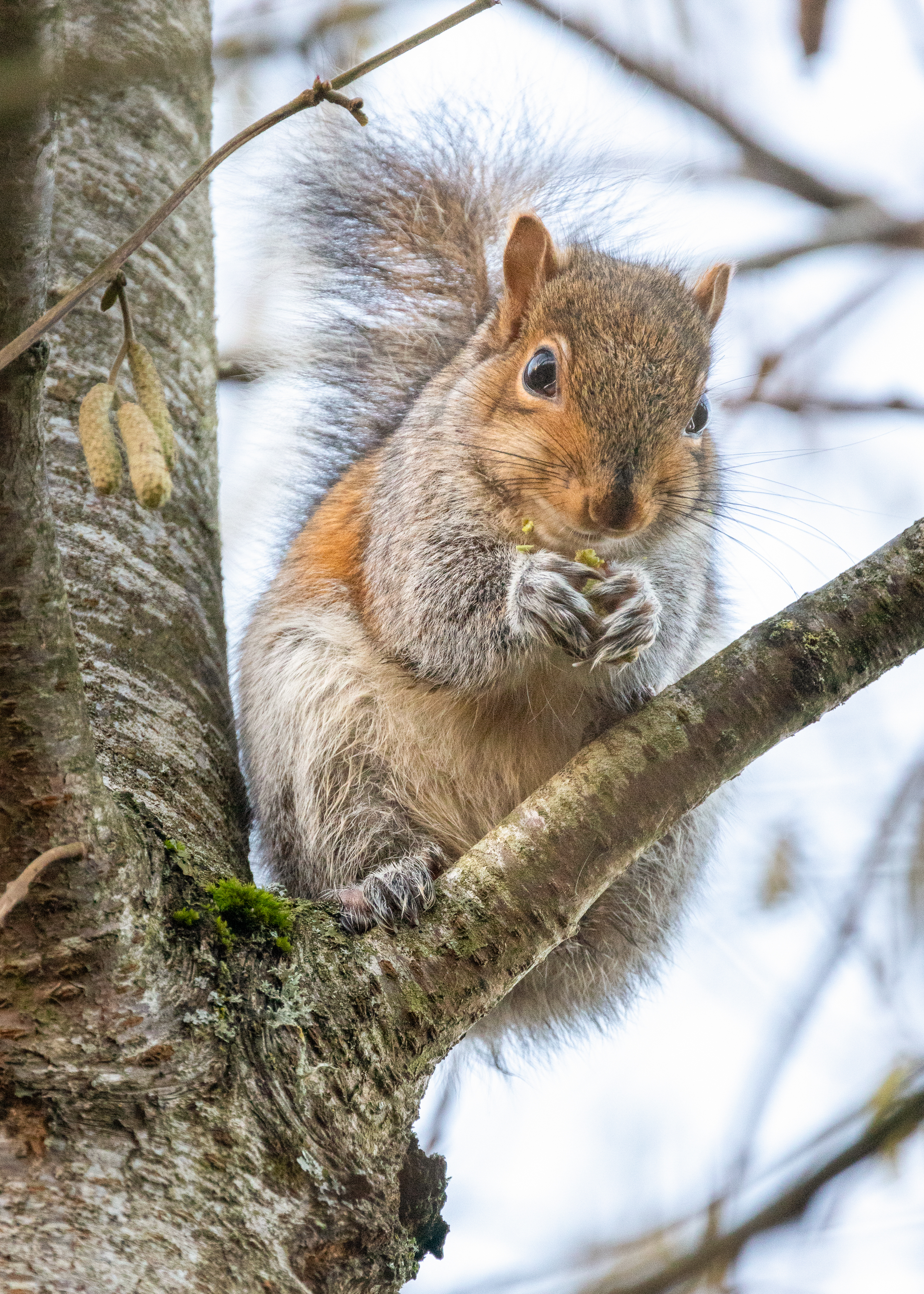
With both the RF 600mm and 800mm lenses, only the central area of the screen is usable for AF – so you have to ensure that your subject is centred in the frame. This is okay, though, as you can crop your images later to position subjects to one side of the frame for a better composition.
Also, when a lens is fixed at only f/11, the AF won’t be as fast or responsive as a lens at f/5.6 or f/2.8, as f/11 is 2 stops ‘darker’ than f/5.6, and 4 stops ‘darker’ than f/2.8.
I also wouldn’t normally choose to shoot at f/11 when using a telephoto for wildlife or sports, as I want to blur the background and would usually shoot wide open at around f/5.6, f/4 or even f/2.8 at 400mm.
However, using an R6 at f/11 at 800mm is a unique proposition. F/11 at 800mm is fine for blurring backgrounds, so long as your subject has a clean backdrop without close distractions in the frame behind it – for example, a bird on a fence post with a hedge or grass 50 yards away.
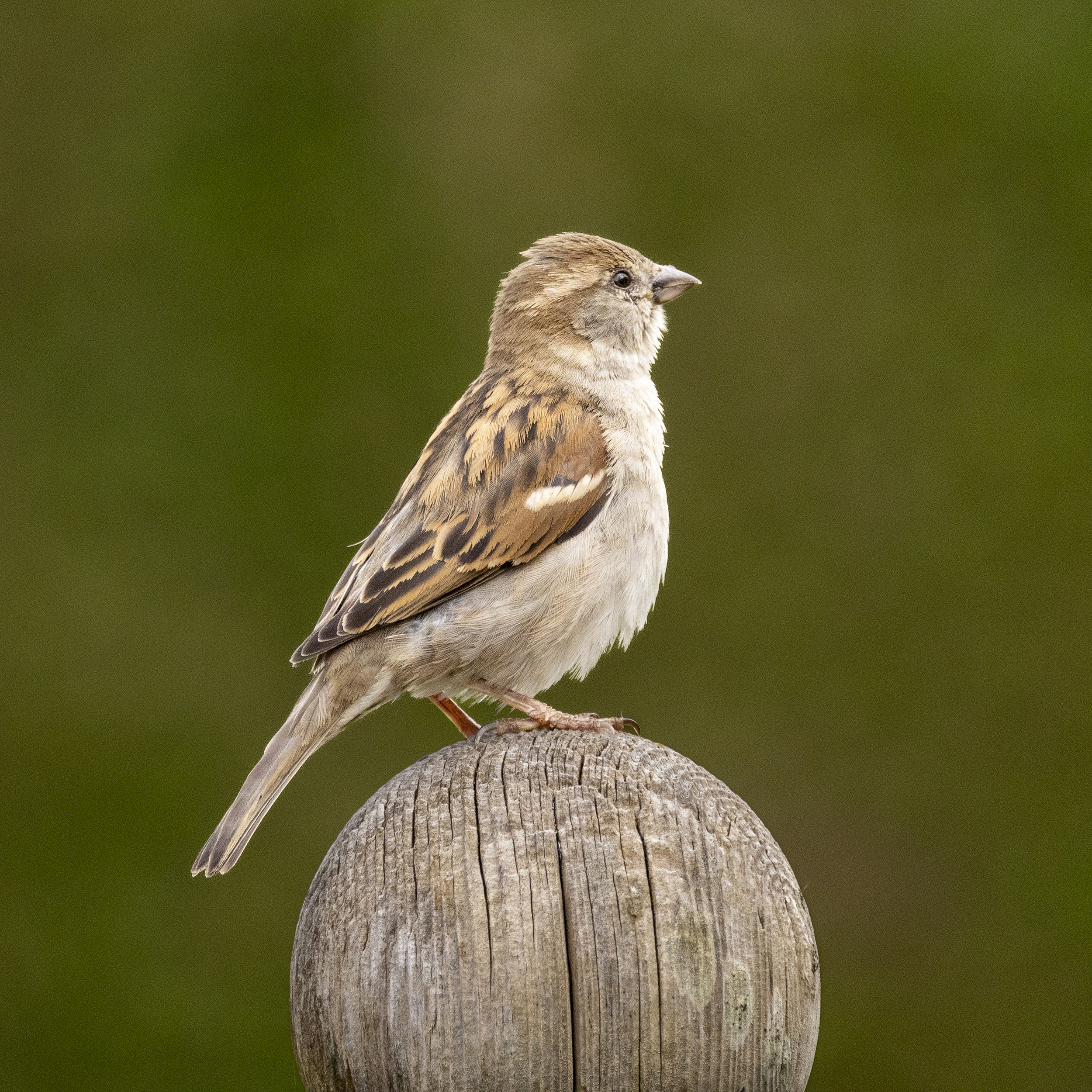
But with a bird in a tree surrounded by branches, or squirrel on a forest floor, the backgrounds look very messy and not blurred enough at f/11 compared to if you were using a wider aperture.
Then there’s the impact thath f/11 has on your shutter speeds; again, f/11 is 2 stops slower than f/5.6 and a full 4 stops slower than f/2.8. This means the resulting slower shutter speeds shooting at f/11 are a big issue if you’re not shooting in bright sunshine.
At least when it comes to camera shake, you don’t need to worry about requiring a shutter speed of 1/800 sec or faster for the 800mm focal length; between the in-lens stabilization, and the in-body stabilization in the latest EOS cameras, camera shake issues are easily overcome.
However, light levels will restrict what you can shoot with the RF 800mm at f/11. For example, in sunshine at f/11 and ISO3200 on the Canon EOS R6, I had a lovely super-fast shutter speed of 1/4000 sec – ideal for freezing even the most skittish little birds.

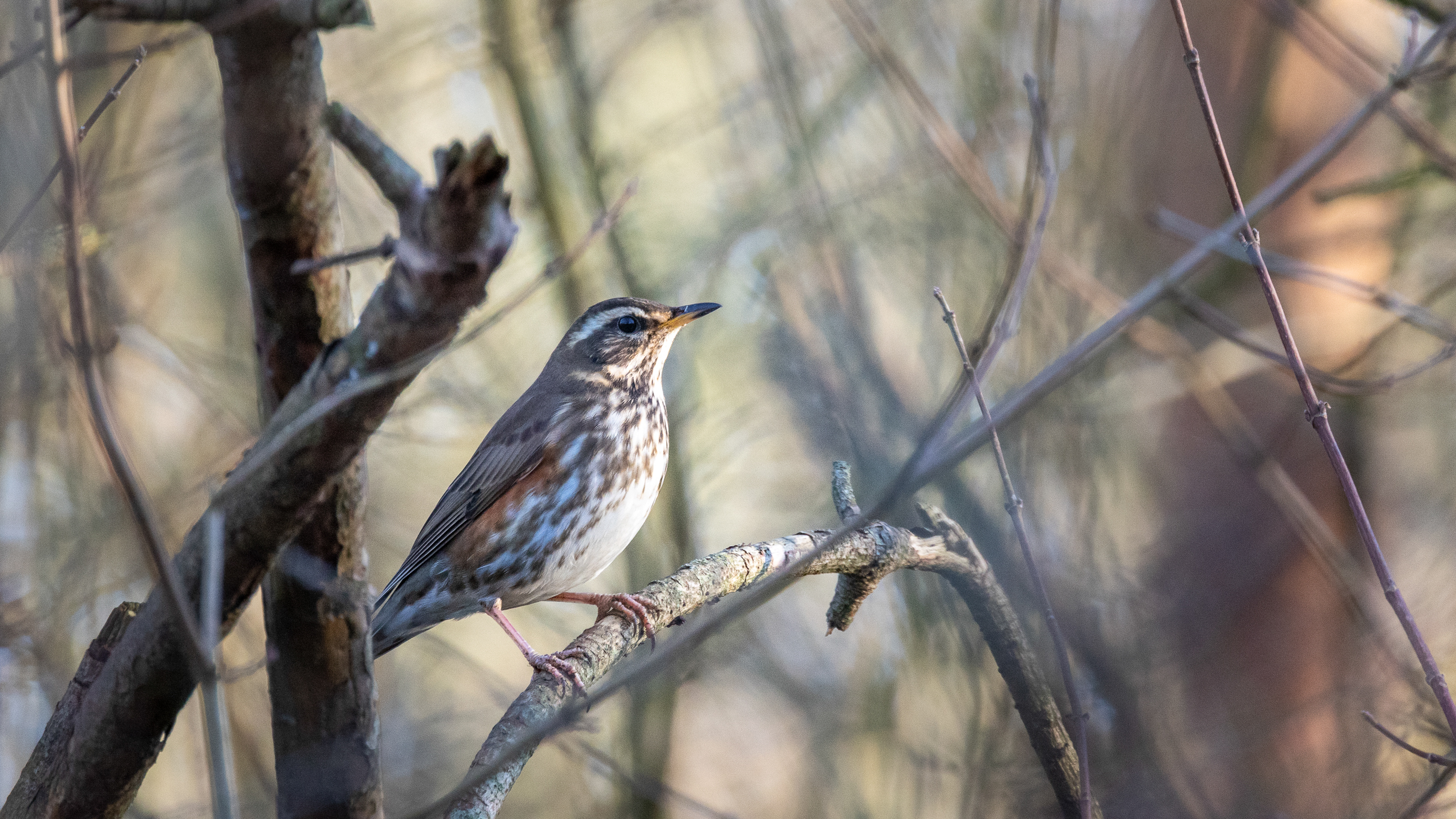
But when I was using the RF 800mm and shooting on darker winter days, or in low light inside darker forests, things went slowly pear-shaped. The slower aperture forces you to whack up the ISO in an attempt to get faster shutter speeds.
Even shooting at ISO6400, though, I was only getting shutter speeds averaging between 1/50 sec and 1/100 sec in daylight in the woods – which weren't fast enough to freeze the birds and squirrels I'd set out to photograph!
Fixed at f/11, I frustratingly stuck trying to shoot at 1/40 sec. If I had an aperture of f/5.6 available, I would be shooting at 1/160 sec, or this would increase to a far more manageable 1/320 on an f/4 telephoto lens, or even faster at 1/640 sec on a top-pro f/2.8 lens.
I resorted to an ugly ISO of 12800 just to shoot at 1/160 sec. You can get away with higher ISOs of 3200 and 6400 on cameras like the R6 without horrendous noise, but resorting to ISO12800 is when you start seeing a noticeable loss in image quality.
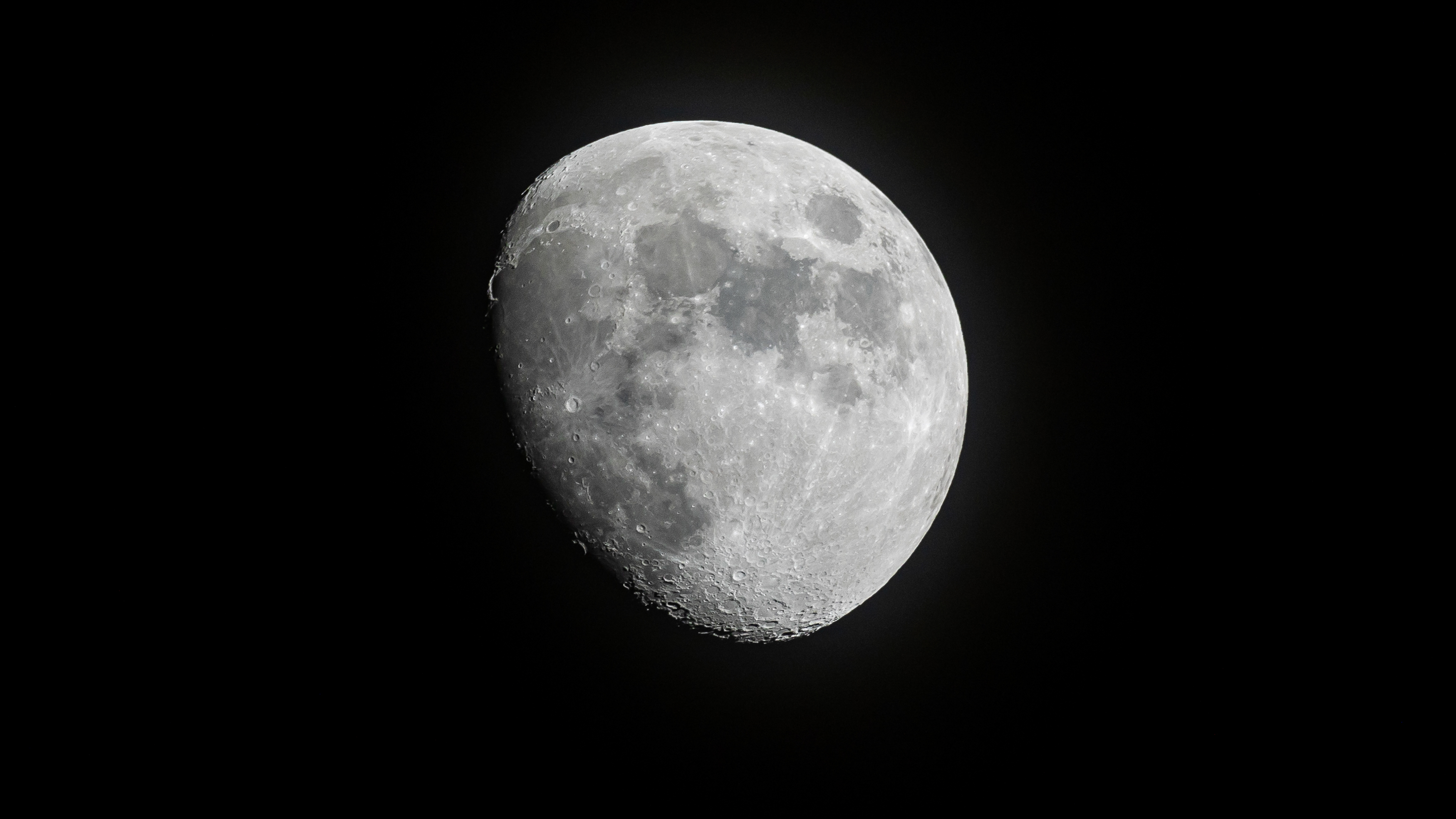
But what about the fancy in-camera IBIS and lens IS, can we just use that to get sharp shots of everything? Although both lenses have IS, with the 800mm producing 4 stops of compensation and the 600mm offering 5 stops (and the lenses also working in conjunction with camera IBIS), stablization only helps if you’re shooting static subjects.
Stabilization will overcome slower shutter speeds and still enable you to shoot handheld to beat any camera shake, but it’s no use whatsoever when – as will be most cases with these RF lenses – you’re looking to shoot quick wildlife or action sports, when only faster shutter speeds will capture sharp shots.
So, the RF 800mm isn’t without its limitations. However, I’m pleased to say I did find the perfect subject for a mega 800mm telephoto focal length at f/11: The RF 800mm is almost purpose-built for the bigger, brighter, faraway moon!
At night I could comfortably shoot at f/11 – the aperture I would choose anyway for the moon – and for the brightly-lit moon I could achieve 1/250sec at only ISO800! If you didn’t know, you need a shutter speed of 1/250 or faster for sharp moon shots, because both the moon and earth are rotating.
The detail in the moon’s craters was incredible, and I captured some of my best-ever moon photos. The above image is only very slightly cropped-in, too.
You might also like…
Take a look at the best lenses for bird photography along with the best lenses for astrophotography, and see how the f/11 optics stack up against the best Canon RF lenses.







